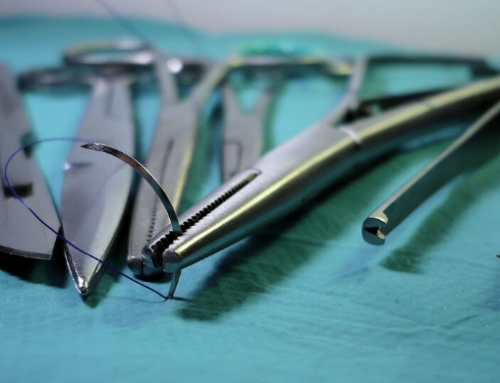Dear Program Director,
The Association of Surgical Technologists (AST), Accreditation Review Council on Education in Surgical Technology and Surgical Assisting (ARC/STSA), and National Board of Surgical Technology and Surgical Assisting (NBSTSA) have recently been contacted by a number of surgical technology program directors regarding information sent by an alternative certifying body about the associate degree in surgical technology. All surgical technology programs are crucially important to the profession, and maintaining unity among the 432 programs accredited by the Commission on Accreditation of Allied Health Education Programs (CAAHEP), whether certificate, diploma or associate degree, is foremost in the minds of the leadership.
Trends in Surgical Technology Education
CAAHEP, ARC/STSA, AST and the American College of Surgeons (ACS) cooperate to establish, maintain and promote the Standards and Guidelines for the Accreditation of Education Programs in Surgical Technology. AST and ACS support and sponsor only one nationally recognized programmatic accreditation organization — the ARC/STSA. The current CAAHEP Accreditation Standards for surgical technology were adopted in 2013 and include a Guideline related to Standard I.A. stating, “Projected for August 1, 2021, all sponsoring institutions should award a minimum of an Associate Degree at the completion of the program.” This is not a required Standard.
Two important factors have guided the profession in this direction. First, in 1990, the AST House of Delegates adopted a non-binding resolution calling for the associate degree to be the “Preferred model for entry level surgical technology education.” At that time, there were only 113 accredited programs with less than 10 associate degree programs.
The second factor is the evolving trend toward the associate degree since then. Today, there are 432 CAAHEP-accredited surgical technology programs, and, of those, 250 offer an associate degree or an associate/certificate option. Those programs have determined voluntarily that the associate degree best meets the needs of their communities.
As many of you are already aware, revisions to the Standards and Guidelines require not only the approval of CAAHEP and the ARC/STSA, but also the approval of AST and ACS. Each organization will conduct a detailed assessment of any proposed changes before decisions are made, will carefully evaluate any unique challenges that programs may face and will find workable solutions for all programs.
Trends in Surgical Technology Certification
AST and ACS support and sponsor only one nationally recognized certification organization — the NBSTSA. The NBSTSA currently certifies more than 60,000 CSTs and CSFAs and administers its exams to almost 11,000 candidates every year. It is by far the most widely recognized surgical technology credential in the United States. Hospitals, operating room managers and the public recognize the NBSTSA credential’s validity and ability to ensure the skills and knowledge needed for safe operating room practice.
AST supports legislation requiring certification by the NBSTSA — 14 states now require or recognize the CST or CSFA credentials and every year AST supports legislation in five to 10 other states. In addition to the laws that have been adopted, thousands of hospitals and other employers across all 50 states require the CST credential as a condition of employment; it is the credential embraced by employers.
There are as many as four other small alternative certifying bodies that have no formal relationship with the profession. Look closely at the eligibility requirements for those exams and you’ll find that graduation from an accredited program is not required and that there are pathways for non-accredited programs and on-the-job-training. Whether intentionally or not, those certifying bodies are diminishing the importance and value of programmatic accreditation, and if those certifications are established in your community, it’s an invitation for non-accredited programs to proliferate in your community.




